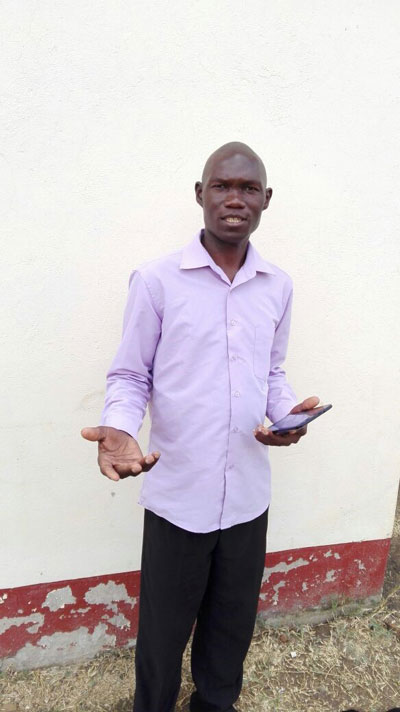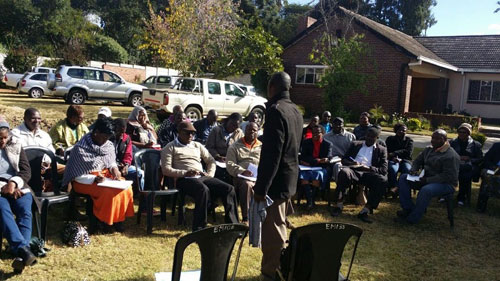



Zimbabwean Solutions to Drought and Economic Crisis
Not everywhere in Africa is prosperous for poultry farming. Zimbabwean producer Patrick Saruchera is hoping to overcome challenging market conditions by mobilising his fellow farmers to share resources and focus on indigenous chickens – known locally as ‘roadrunners’ (no relation to the nimble desert bird from Central America). Tawanda Korombo investigates.

In July 2016 Zimbabwe restricted imports of poultry products – along with many other classes of goods – from neighbouring South Africa to protect its local industry. While this might, on the face of it, present an opportunity for local producers, in the short term it has created a big gap in the market. While many are keen to step up production, Zimbabwean poultry farmers have been constrained by both economic challenges and drought conditions that have created water and power shortages.
But for Patrick Saruchera, poultry farming is an industry he is so committed to, and his dream is for Zimbabwe’s indigenous chicken farmers to prosper despite the current economic weakness in the southern African country.
“The major challenge is all about our economy,” says Saruchera. “At the moment our sales are very low because of cash-flow challenges in the market. On the operations [side], due to climate, we are not having our own feeds – we are not able to grow our own.”
To counter this, he – together with other poultry producers in Zimbabwe – is having to import “maize and all other raw materials” from neighbouring countries such as Zambia and South Africa. The southern African region was this year affected by a drought induced by the El Niño dry-weather phenomenon, with maize harvests particularly badly hit.
Saruchera, however, is determined to grow his business. He says it is difficult to pin down a target for poultry production but that he would be keen to reach 10,000 birds. But to do this, he has to beat a myriad of challenges in the Zimbabwe economy and overcome a lack of government support.
Recently, Saruchera had diversified into raising quail, taking advantage of a quail-production craze that hit Zimbabwe in 2015 driven by the bird’s health benefits. But demand for quail has since died down, and his focus is now back on the indigenous-poultry sector.
“I am continuing with our roadrunner [chicken] project and that is the major project for now. About quails, it was just a short lived project but for now focus is on roadrunners… roadrunners are our main theme for poultry,” he says.
Saruchera’s operation is on the outskirts of Zimbabwe’s capital, Harare, and he has been coordinating with other farmers to establish a joint operation. Proceeds from this pooling of resources will be shared equally, with all parties equally responsible for the poultry projects pursued.
“We have challenges due to our economy and at the moment it is difficult to set a target number for birds and eggs per day. We may have those targets but you then always have challenges in marketing and in getting cash from clients,” says Saruchera.
Zimbabwe is battling crippling cash shortages that have resulted in long bank queues and some banks running out of cash. This has been posing challenges for poultry farmers who have to buy inputs using cash.
Saruchera adds that the cash crunch in Zimbabwe – which uses a selection of foreign currencies and local bond coins and notes as legal tender – is also hitting consumers hard.
“We need to be able to sell and get money for feeds. We are just surviving until our economy solidifies. We have partnered with other farmers and this will help sustain us in the event of difficulties,” he adds.
Despite the challenges that Zimbabwe is facing, there is a “big gap in the poultry industry” and especially the indigenous-poultry sector. There are also opportunities for exporting indigenous poultry products which are in demand in countries such as Zambia, South Africa and others in the region.
“There are also health challenges and people need sources of protein with health benefits in fighting diseases such as cancers and other ailments,” says Saruchera. “Indigenous chickens are key in this area but the challenge for us to meet the demand is centred on the economy.”
This article was originally published in the January 2017 edition of The Poultry Site Digital. For more, read other articles from the issue by clicking here.
April 2017








